Starfield with Parallax Scrolling Effect
Starfield with parallax scrolling effect. See the comments in the shader for more details.
15-7-2023: I have updated the shader to version 5, adding code to render the stars using textures.
9-7-2023: I have updated the shader to version 4. It has been changed slightly to work with Godot 4 by default but there are comments explaining how to use it with earlier versions of Godot.
10-4-2023: I have updated the shader to version 3 which adds:
An extra layer of large stars.
Variable star size and color based on their distance.
Different star rendering options: hard and soft edged circles, hard and soft edged crosses, squares, and diamonds.
Guidance on replacing the TIME constant with a time uniform that you can update from your game’s _physics_process function to control the scrolling direction and pause scrolling.
Shader code
// Starfield shader v5 by Brian Smith (steampunkdemon.itch.io)
// MIT licence
shader_type canvas_item;
// Comment out the following line if you are not applying the shader to a ColorRect:
uniform vec2 dimensions = vec2(1024.0, 600.0); // Resolution of ColorRect in pixels
uniform float small_stars = 50.0; // Number of small stars. Rows for horizontally scrolling stars or columns for vertically scrolling stars.
uniform float small_stars_far_size : hint_range(0.1, 1.0, 0.1) = 0.5;
uniform float small_stars_near_size : hint_range(0.1, 1.0, 0.1) = 1.0;
uniform float large_stars = 8.0; // Number of large stars. Rows for horizontally scrolling stars or columns for vertically scrolling stars.
uniform float large_stars_far_size : hint_range(0.1, 1.0, 0.1) = 0.5;
uniform float large_stars_near_size : hint_range(0.1, 1.0, 0.1) = 1.0;
// Replace the below references to 'source_color' with 'hint_color' if you are using a version of Godot before 4.
uniform vec4 far_stars_color : source_color = vec4(0.50, 0.0, 1.0, 1.0);
uniform vec4 near_stars_color : source_color = vec4(1.0, 1.0, 1.0, 1.0);
// Remove the below references to ': source_color, filter_nearest_mipmap' if you are using a version of Godot before 4.
uniform sampler2D small_stars_texture : source_color, filter_nearest_mipmap;
uniform sampler2D large_stars_texture : source_color, filter_nearest_mipmap;
uniform float base_scroll_speed : hint_range(0.0, 1.0, 0.01) = 0.05;
uniform float additional_scroll_speed : hint_range(0.01, 1.0, 0.01) = 0.05;
float greater_than(float x, float y) {
return max(sign(x - y), 0.0);
}
void fragment() {
// The below line will scroll the stars from right to left or from bottom to top.
// To make the stars scroll in the opposite direction change the line to:
// float time = 10000.0 - TIME;
// Alternatively you can comment out the below line and add a new uniform above as:
// uniform float time = 10000.0;
// You can then update the time uniform from your _physics_process function by adding or subtracting delta. You can also pause the scrolling by not changing the time uniform.
float time = 10000.0 + TIME;
// Comment out the following two lines if you are not applying the shader to a TextureRect:
// COLOR = texture(TEXTURE,UV); // This line is only required if you are using a version of Godot before 4.
// vec2 dimensions = 1.0 / TEXTURE_PIXEL_SIZE;
// Horizontal scrolling:
float small_star_rn = fract(sin(floor(UV.y * small_stars)) * dimensions.y);
float large_star_rn = fract(sin(floor(UV.y * large_stars)) * dimensions.y);
vec2 small_star_uv = vec2(fract(UV.x + (base_scroll_speed + small_star_rn * additional_scroll_speed) * time) * small_stars * dimensions.x / dimensions.y, fract(UV.y * small_stars)) * 2.0 - 1.0;
vec2 large_star_uv = vec2(fract(UV.x + (base_scroll_speed + large_star_rn * additional_scroll_speed) * time) * large_stars * dimensions.x / dimensions.y, fract(UV.y * large_stars)) * 2.0 - 1.0;
// Vertical scrolling:
// float small_stars_rn = fract(sin(floor(UV.x * small_stars)) * dimensions.x);
// float large_stars_rn = fract(sin(floor(UV.x * large_stars)) * dimensions.x);
// vec2 small_stars_uv = vec2(fract(UV.x * small_stars), fract(UV.y + (base_scroll_speed + small_stars_rn * additional_scroll_speed) * time) * small_stars * dimensions.y / dimensions.x) * 2.0 - 1.0;
// vec2 large_stars_uv = vec2(fract(UV.x * large_stars), fract(UV.y + (base_scroll_speed + large_stars_rn * additional_scroll_speed) * time) * large_stars * dimensions.y / dimensions.x) * 2.0 - 1.0;
vec4 star_color = mix(far_stars_color, near_stars_color, small_star_rn);
float star_size = small_stars_far_size + (small_stars_near_size - small_stars_far_size) * small_star_rn;
// Render small stars as circles with soft edges:
COLOR.rgb = mix(COLOR.rgb, star_color.rgb, max((star_size - length(small_star_uv)) / star_size, 0.0) * star_color.a);
// Render small stars as circles with hard edges:
// COLOR.rgb = mix(COLOR.rgb, star_color.rgb, greater_than(star_size, length(small_star_uv)) * star_color.a);
// Render small stars as crosses with soft edges:
// COLOR.rgb = mix(COLOR.rgb, star_color.rgb, max((star_size - length(small_star_uv)) / star_size, 0.0) * (max(greater_than(star_size / 10.0, abs(small_star_uv.x)), greater_than(star_size / 10.0, abs(small_star_uv.y)))) * star_color.a);
// Render small stars as crosses with hard edges:
// COLOR.rgb = mix(COLOR.rgb, star_color.rgb, max(greater_than(star_size / 5.0, abs(small_star_uv.x)) * greater_than(star_size, abs(small_star_uv.y)), greater_than(star_size / 5.0, abs(small_star_uv.y)) * greater_than(star_size, abs(small_star_uv.x))) * star_color.a);
// Render small stars as squares:
// COLOR.rgb = mix(COLOR.rgb, star_color.rgb, greater_than(star_size, abs(small_star_uv.x)) * greater_than(star_size, abs(small_star_uv.y)) * star_color.a);
// Render small stars as diamonds:
// COLOR.rgb = mix(COLOR.rgb, star_color.rgb, greater_than(star_size, abs(small_star_uv.y) + abs(small_star_uv.x)) * star_color.a);
// Render small stars using the 'small_stars_texture':
// The 'small_stars_texture' must have a border of blank transparent pixels.
// vec4 small_stars_texture_pixel = texture(small_stars_texture, (small_star_uv / (small_stars_far_size + (small_stars_near_size - small_stars_far_size) * small_star_rn) + 1.0) / 2.0) * mix(far_stars_color, near_stars_color, small_star_rn);
// COLOR.rgb = mix(COLOR.rgb, small_stars_texture_pixel.rgb, small_stars_texture_pixel.a);
star_color = mix(far_stars_color, near_stars_color, large_star_rn);
star_size = large_stars_far_size + (large_stars_near_size - large_stars_far_size) * large_star_rn;
// Render large stars as circles with soft edges:
// COLOR.rgb = mix(COLOR.rgb, star_color.rgb, max((star_size - length(large_star_uv)) / star_size, 0.0) * star_color.a);
// Render large stars with circles and crosses with smooth edges:
COLOR.rgb = mix(COLOR.rgb, star_color.rgb, (max((star_size / 1.7 - length(large_star_uv)) / star_size, 0.0) + max((star_size - length(large_star_uv)) / star_size / 2.0, 0.0) * (max(greater_than(star_size / 10.0, abs(large_star_uv.x)), greater_than(star_size / 10.0, abs(large_star_uv.y))))) * star_color.a);
// Render large stars as circles with hard edges:
// COLOR.rgb = mix(COLOR.rgb, star_color.rgb, greater_than(star_size, length(large_star_uv)) * star_color.a);
// Render large stars as crosses with soft edges:
// COLOR.rgb = mix(COLOR.rgb, star_color.rgb, max((star_size - length(large_star_uv)) / star_size, 0.0) * (max(greater_than(star_size / 10.0, abs(large_star_uv.x)), greater_than(star_size / 10.0, abs(large_star_uv.y)))) * star_color.a);
// Render large stars as crosses with hard edges:
// COLOR.rgb = mix(COLOR.rgb, star_color.rgb, max(greater_than(star_size / 5.0, abs(large_star_uv.x)) * greater_than(star_size, abs(large_star_uv.y)), greater_than(star_size / 5.0, abs(large_star_uv.y)) * greater_than(star_size, abs(large_star_uv.x))) * star_color.a);
// Render large stars as squares:
// COLOR.rgb = mix(COLOR.rgb, star_color.rgb, greater_than(star_size, abs(large_star_uv.x)) * greater_than(star_size, abs(large_star_uv.y)) * star_color.a);
// Render large stars as diamonds:
// COLOR.rgb = mix(COLOR.rgb, star_color.rgb, greater_than(star_size, abs(large_star_uv.y) + abs(large_star_uv.x)) * star_color.a);
// Render large stars using the 'large_stars_texture':
// The 'large_stars_texture' must have a border of blank transparent pixels.
// vec4 large_stars_texture_pixel = texture(large_stars_texture, (large_star_uv / (large_stars_far_size + (large_stars_near_size - large_stars_far_size) * large_star_rn) + 1.0) / 2.0) * mix(far_stars_color, near_stars_color, large_star_rn);
// COLOR.rgb = mix(COLOR.rgb, large_stars_texture_pixel.rgb, large_stars_texture_pixel.a);
}
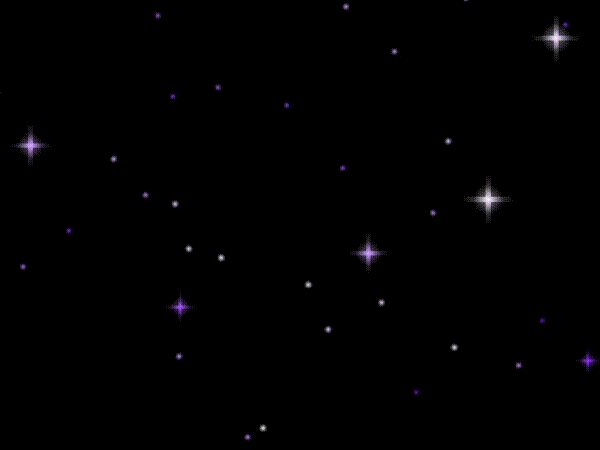

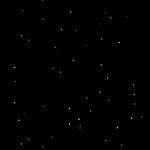
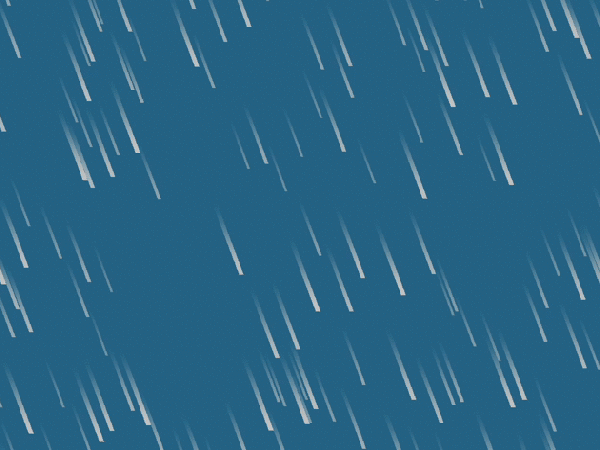
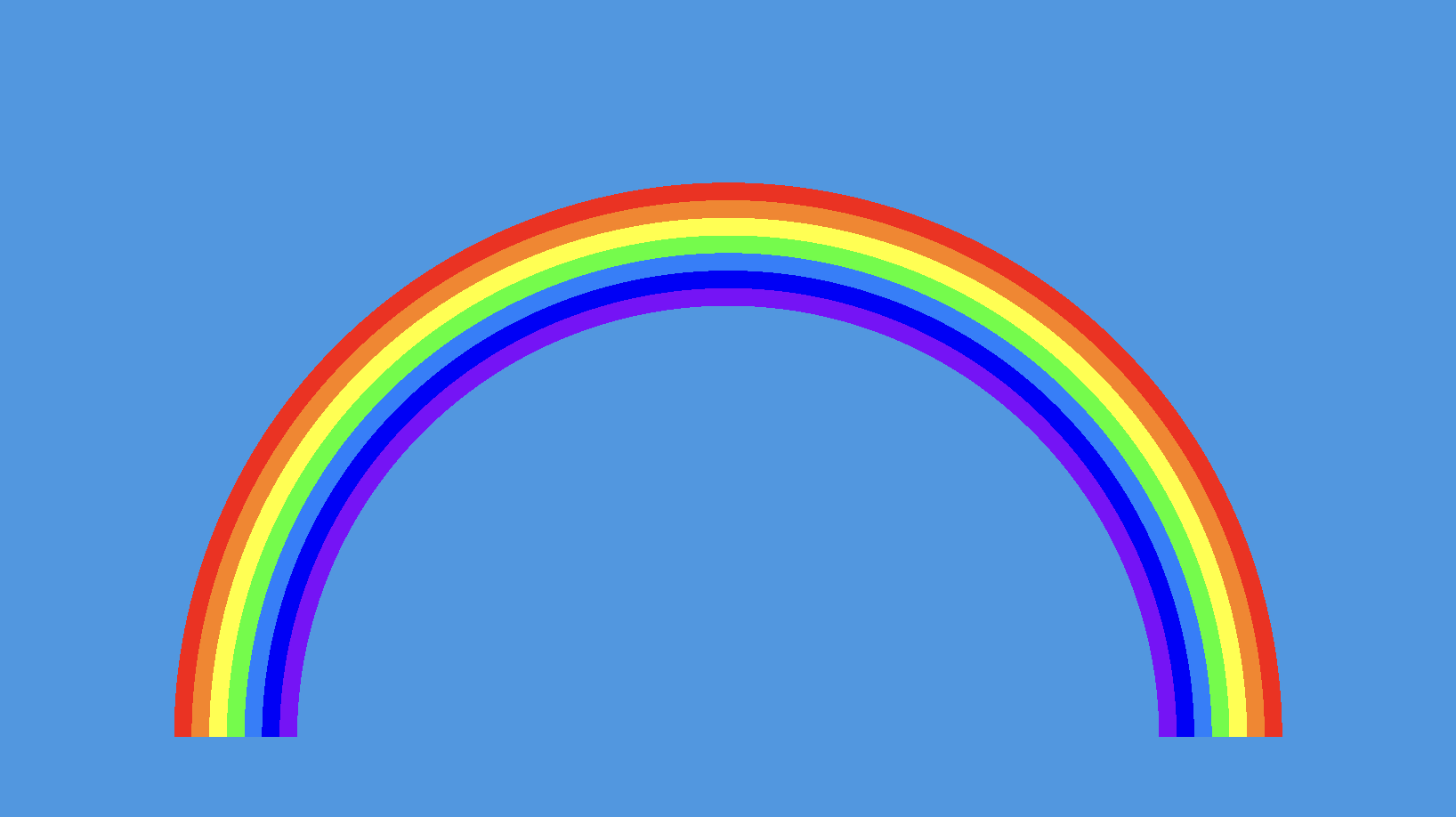
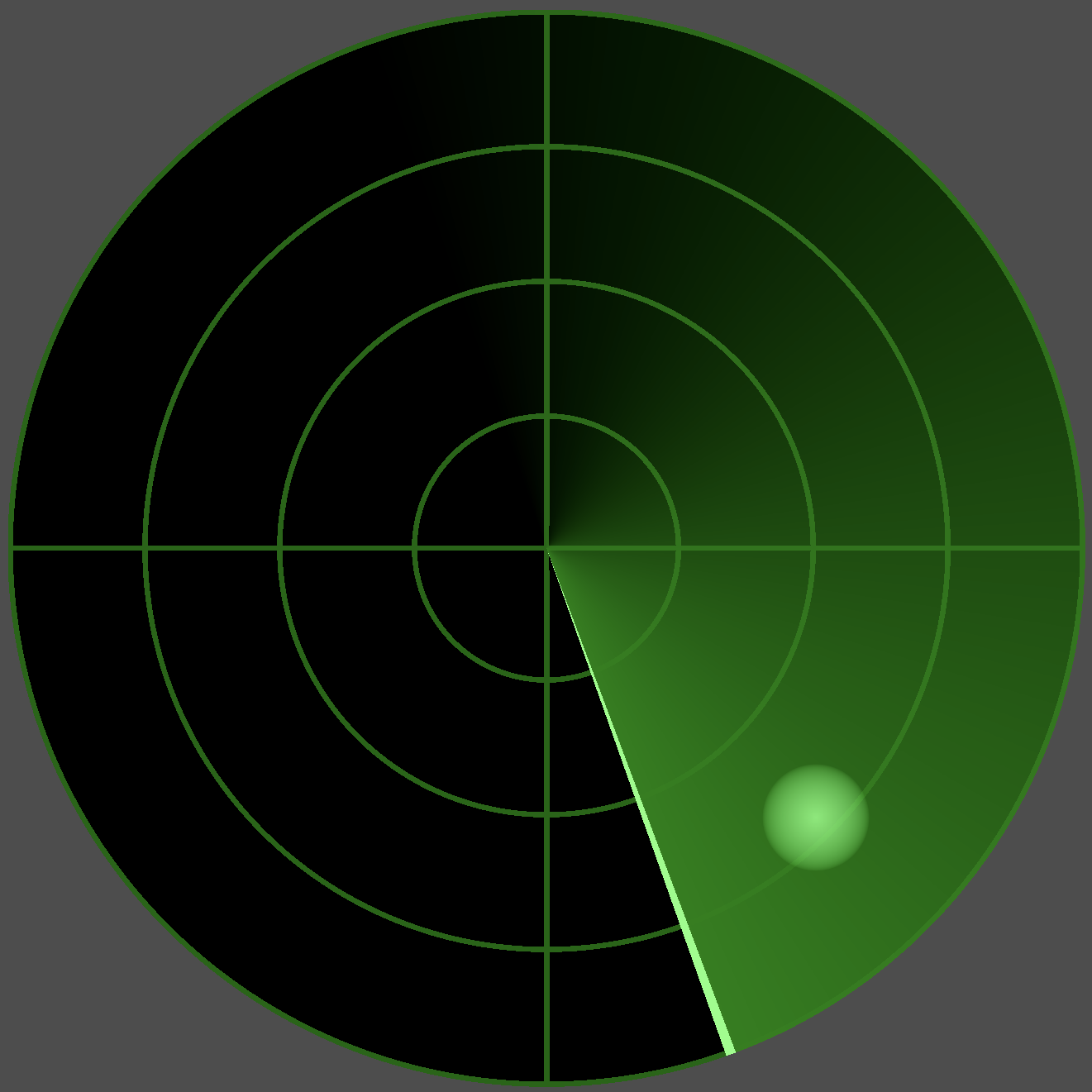
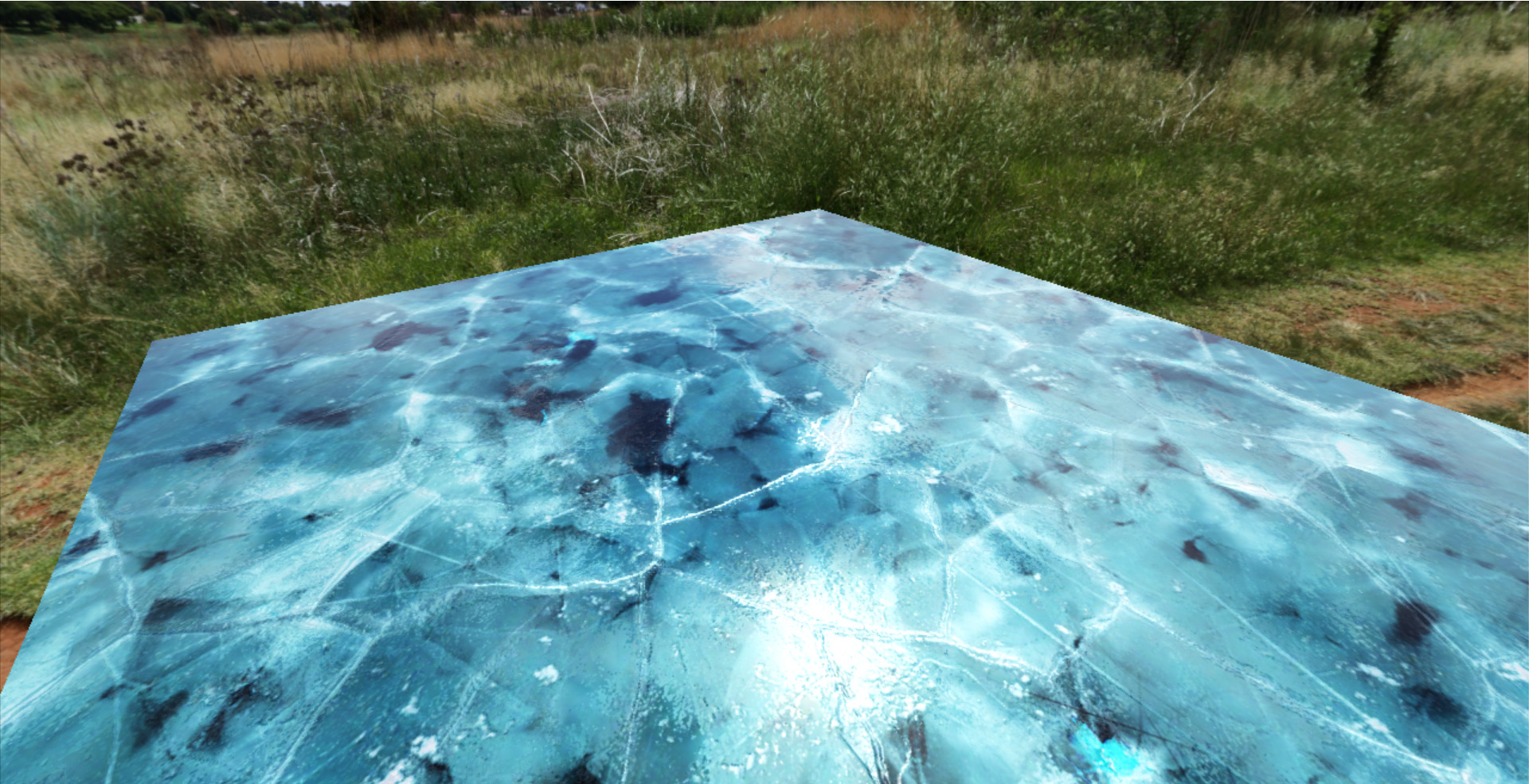

“hint_color” (lines 15 and 16) has been renamed to “source_color” in Godot 4
I cannot get my head around programming shaders and can’t figure something out for myself – is there any way to make the background transparent with the alpha channel? I just want to use this shader twice with parallax layers, but I can’t figure out how to make the bottom layer visible behind the top layer.
Nevermind, I figured it out. I must have just typoed and thought I was stupid the first time when I tried just setting COLOR.a = float(0); before the COLOR.rgb = mix() functions for the small and large stars.
Hi. I’m struggling a lot with this too. Can you tell me how you removed the BG color behind the stars? Thank you in advance!
I suggest altering the start of the COLOR mixing lines by removing the .rgb and changing the second reference to COLOR to be vec4(0.0).
For example, you would change, “COLOR.rgb = mix(COLOR.rgb, star_color.rgb,” to be “COLOR = mix(vec4(0.0), star_color,”.